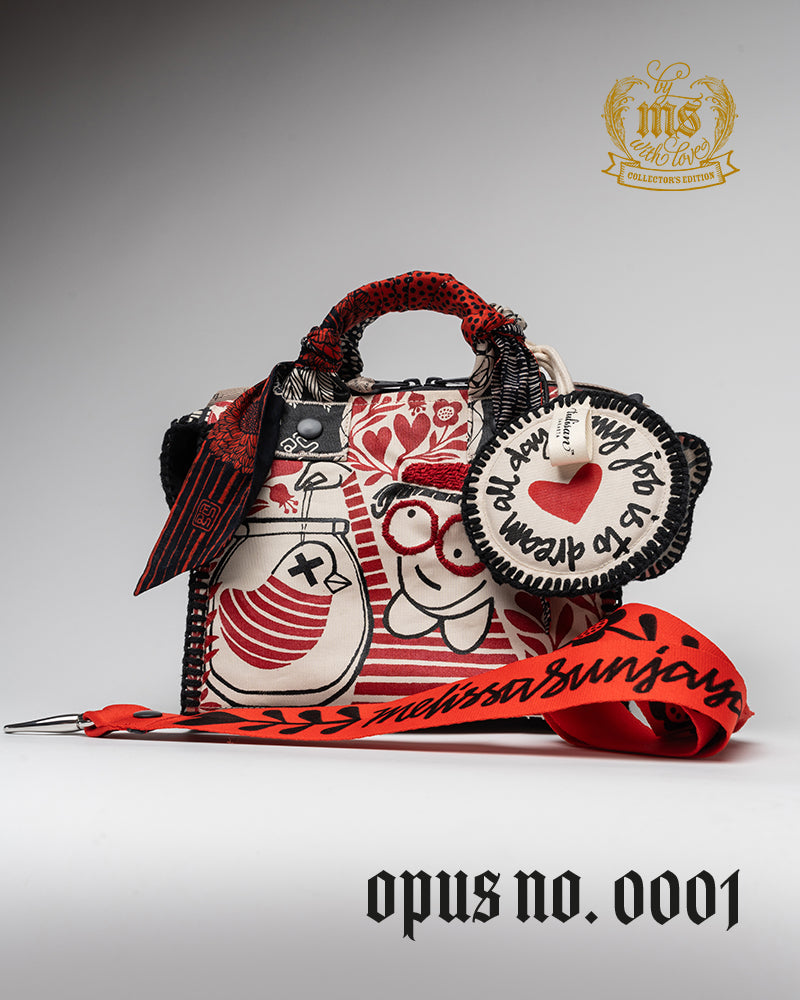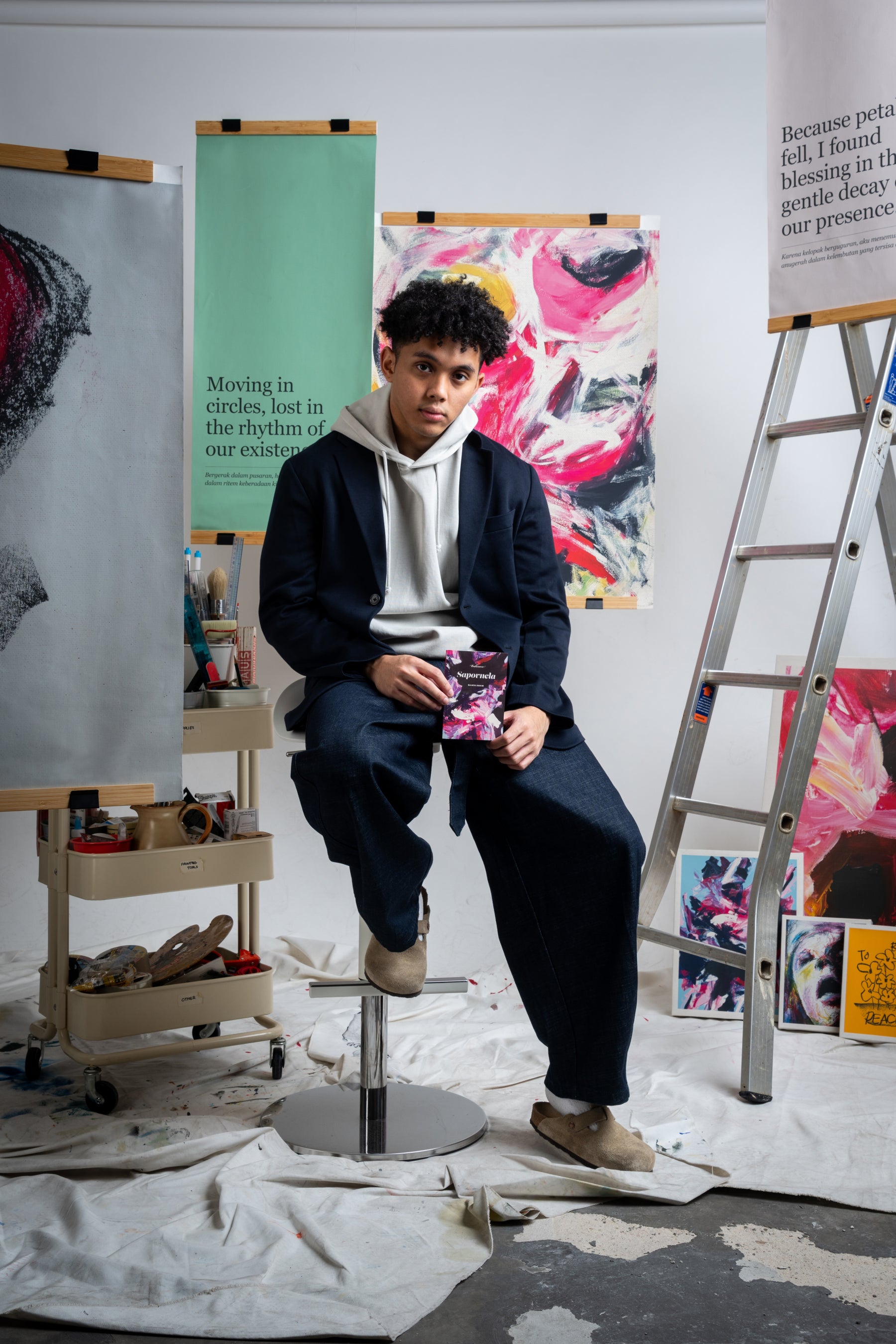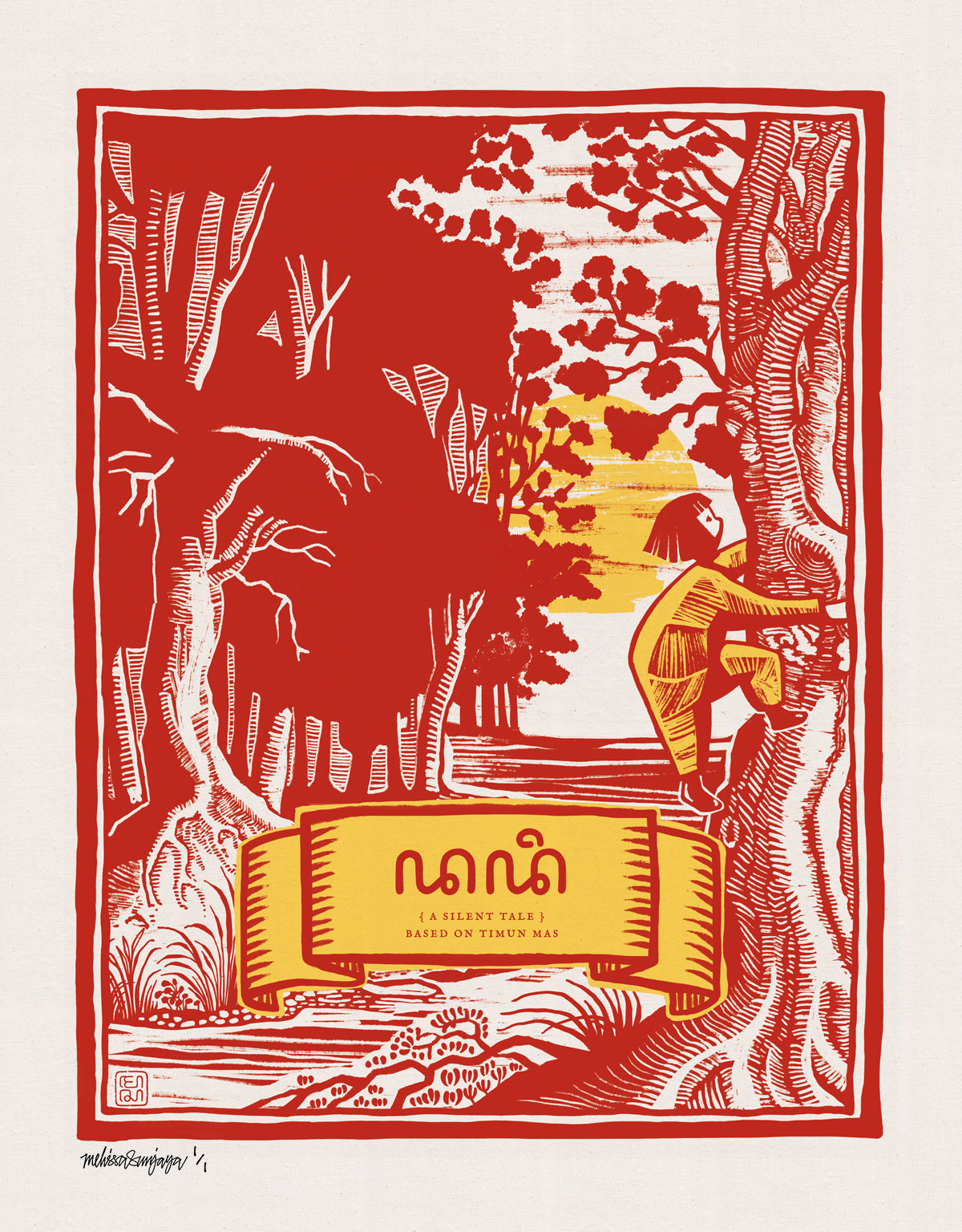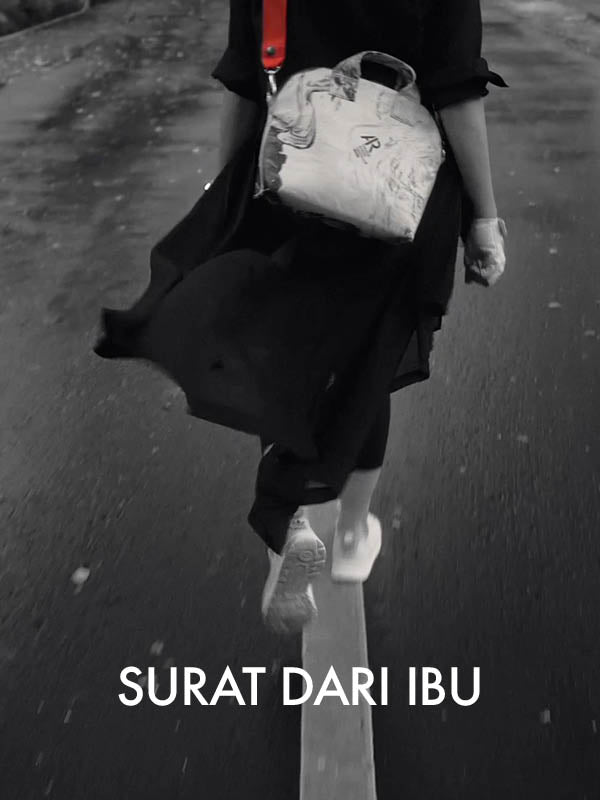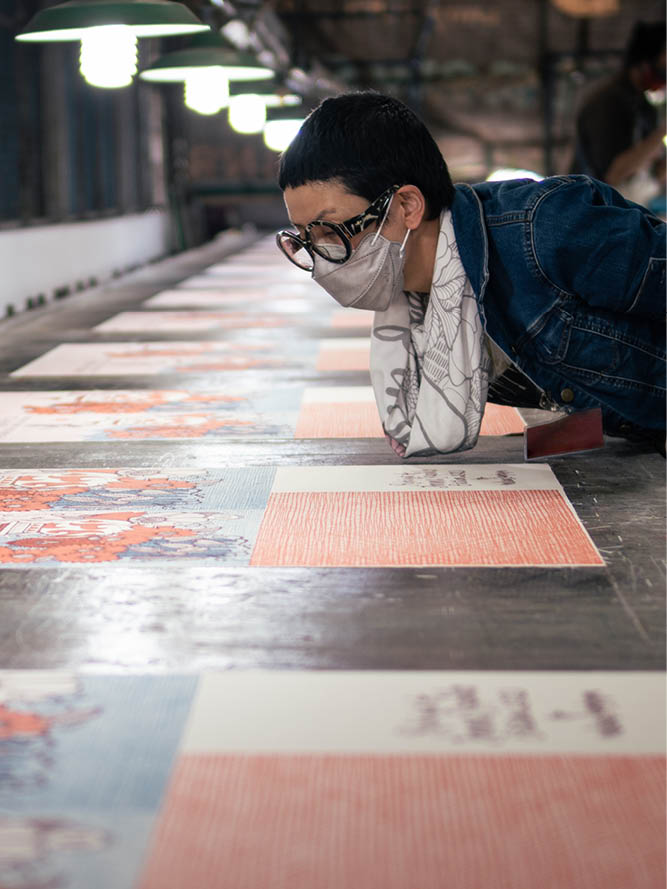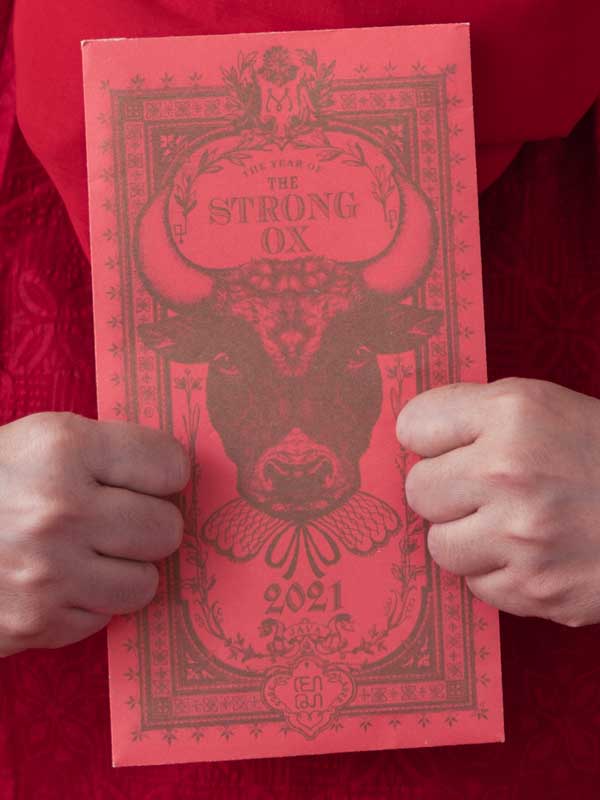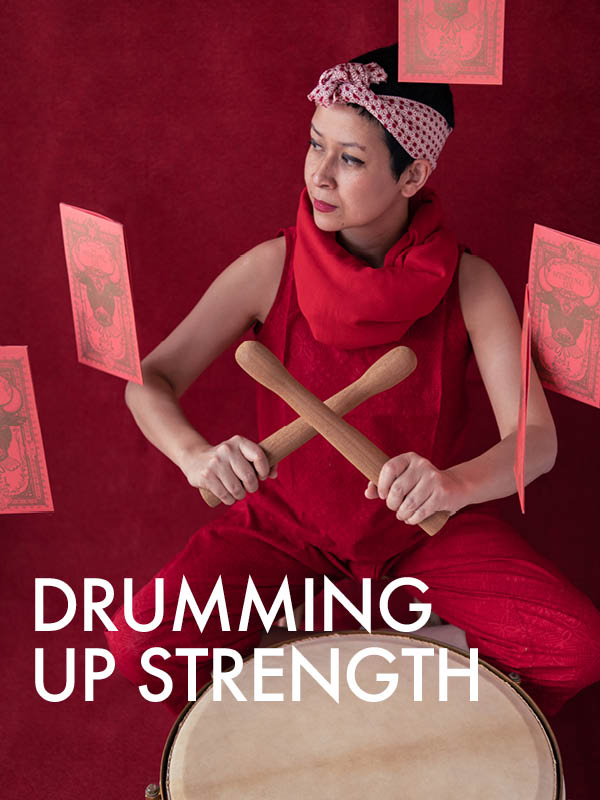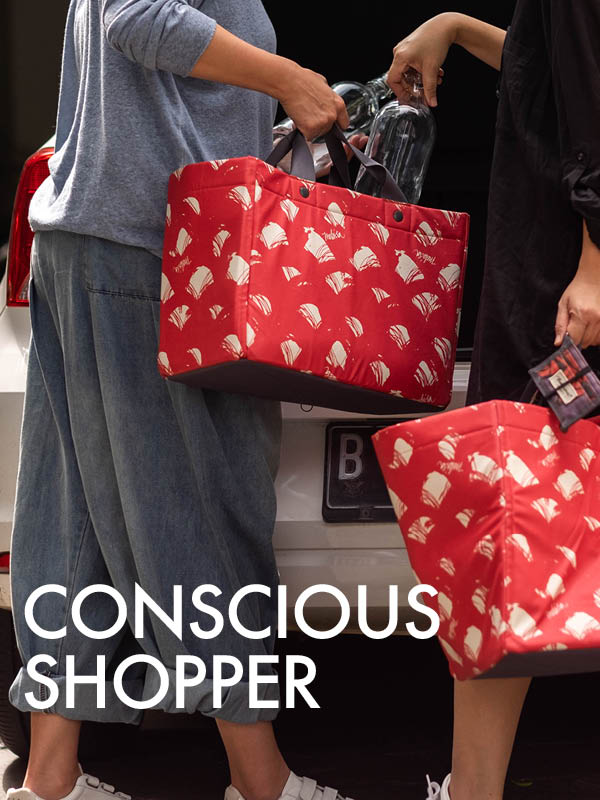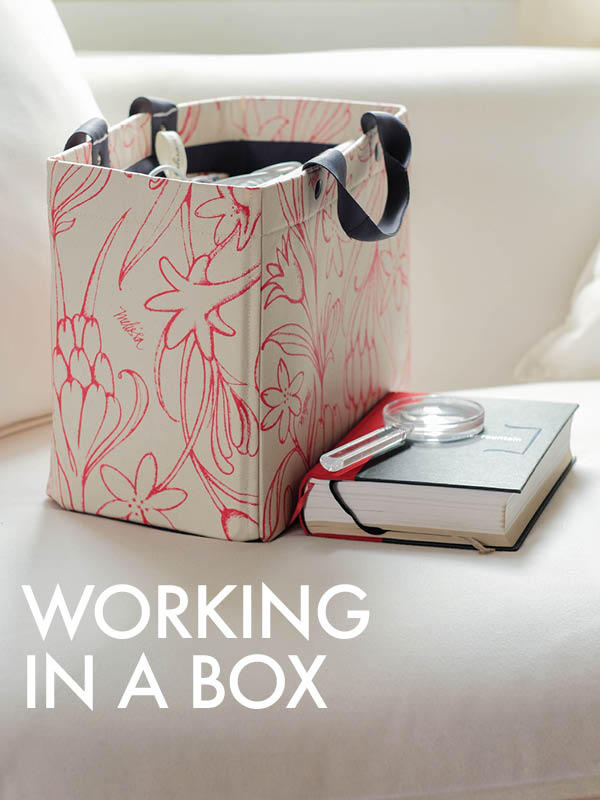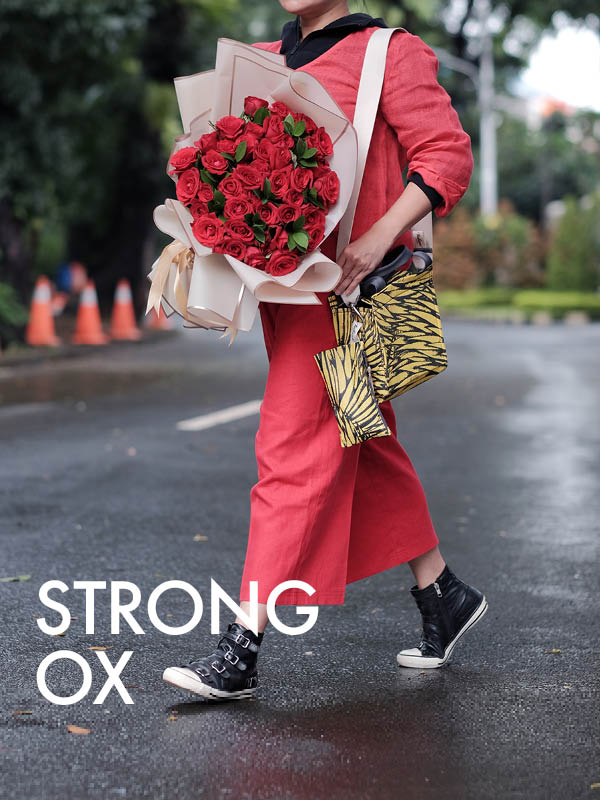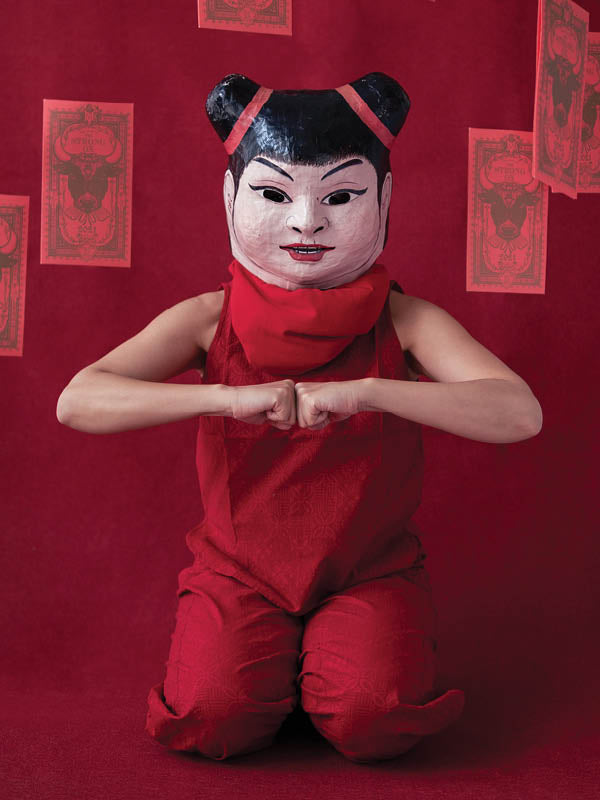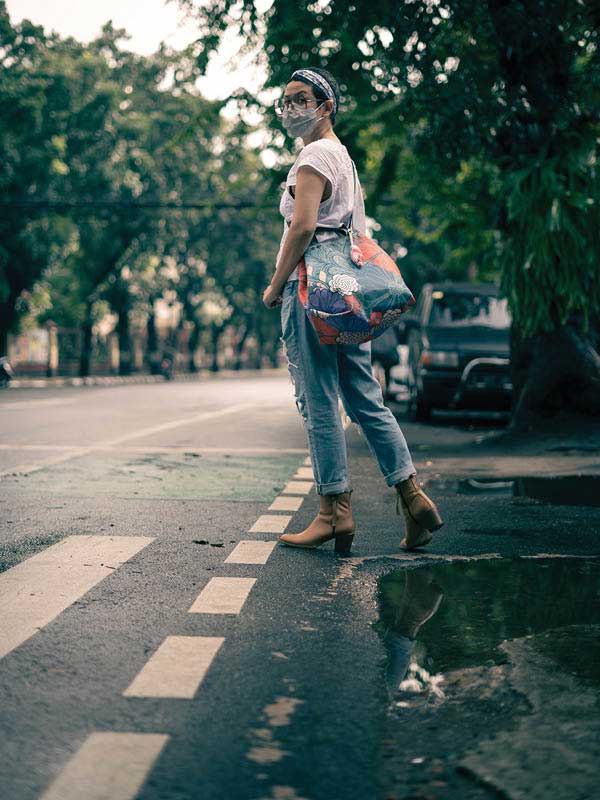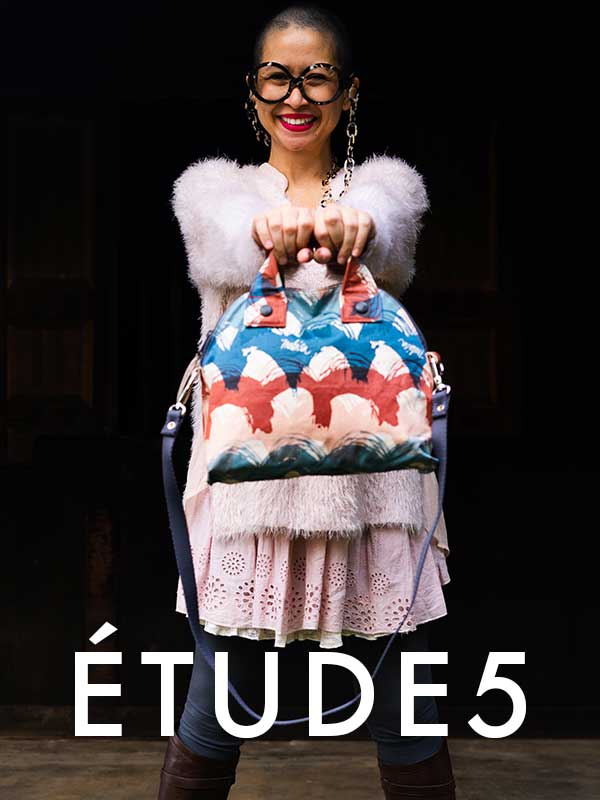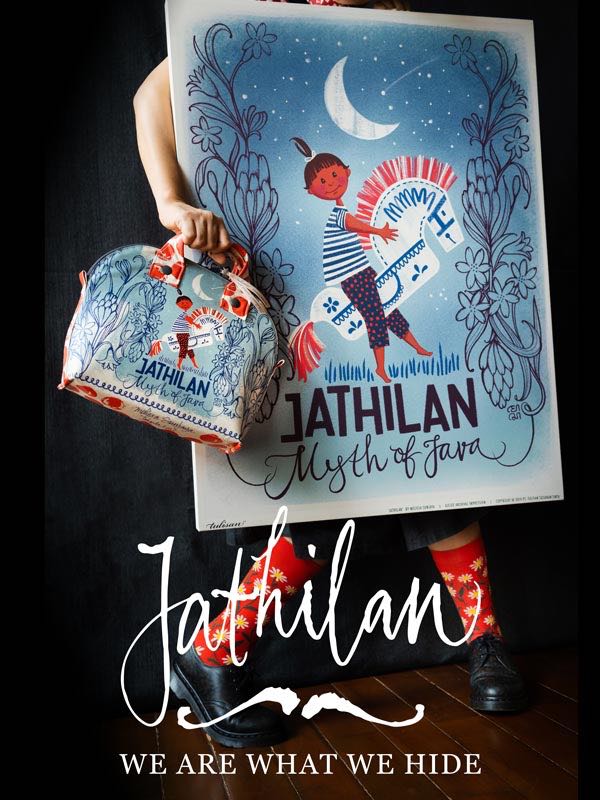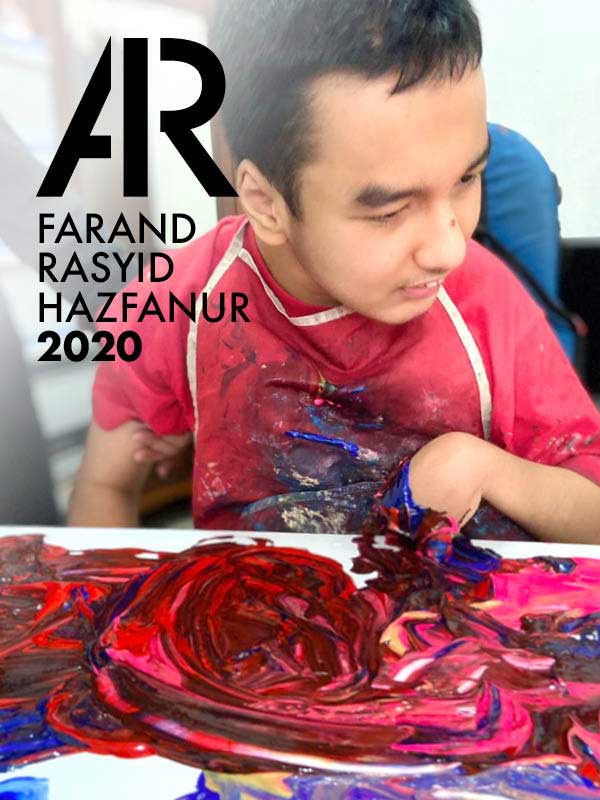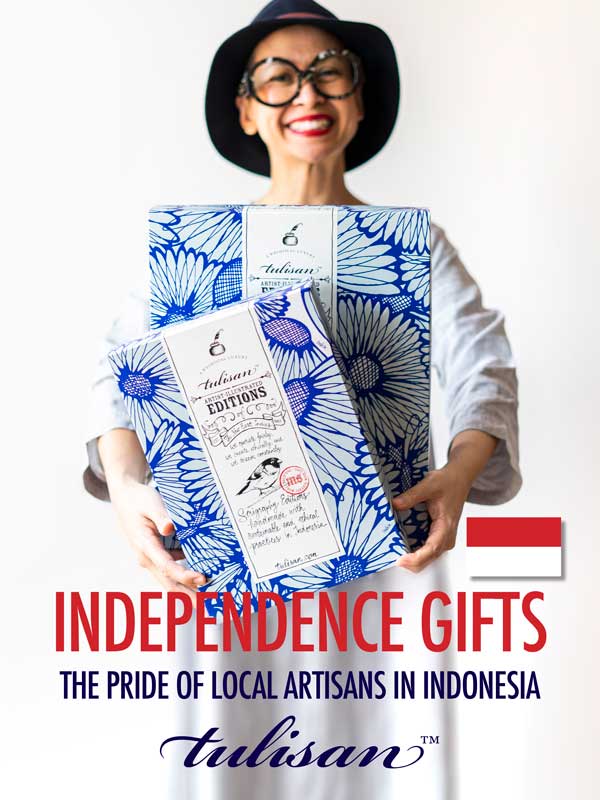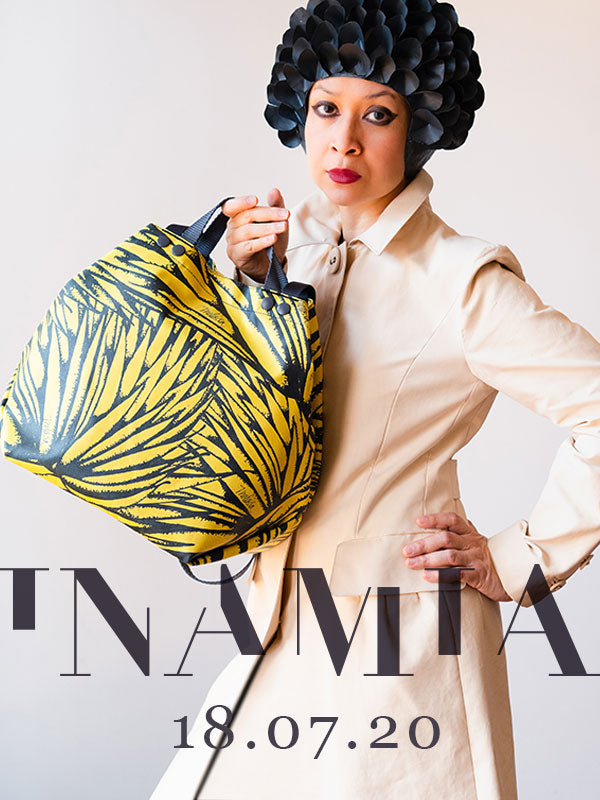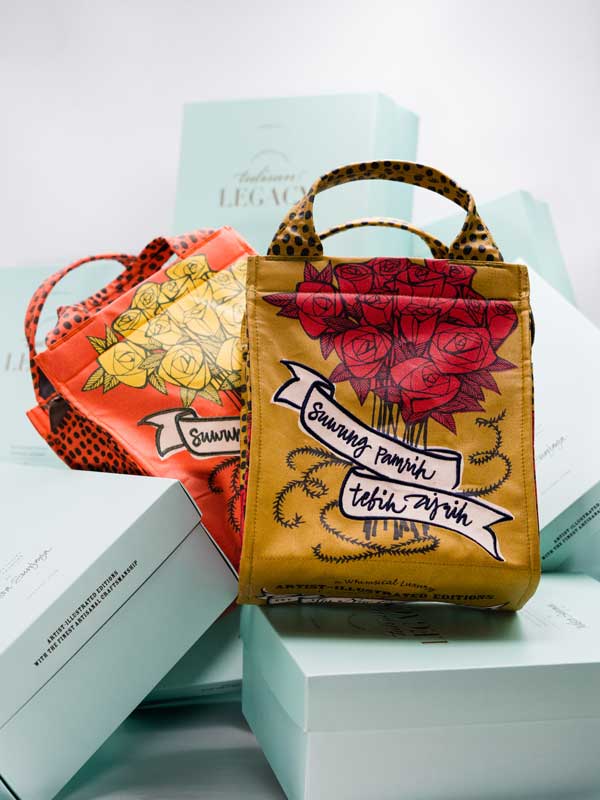 Step 3: Research and Development
Step 3: Research and Development
If the first two creative steps involve in creating the basis and content of the artwork. Proper research and development pushes the collected idea into the ideal visual representation and clearly defines the achievable objective. Each step has its own challenges. Starting from making the patterns work, selecting the right color, designing the bags and preparing the technical drawings for the factory before having the designs improved over and again until the designers are finally convinced with the outlook.
To understand step three in greater detail, we interviewed product designer and Tulisan’s design consultant, Weina Ding on the exploration of product development and how trend forecasting plays an important role in making Tulisan’s artwork stand on its own.
Can you briefly explain, based on your experience, what are the basis of fashion trend forecasting?
The trend forecasting is not only about fashion. It is a bit like alchemy — you are looking for the elements in trying to make something. Not one person says “this is the next trend” or “this is how it will be,” there are many analysis and reports involved and people who specialize on that. They generally investigate what is going on in the world, culturally, artistically, and through technology also.
After the research is made, they can forecast future projection. Where a social phenomenon can lead us in the next few years. The more advance specialist can make a forecast for the next five years.
Who are these groups of people and how do they make their analysis?
It is a big operation. You have a group of people who specialize in this basis of observation. For example, right now, 3D printing is very popular in terms of its technology. Before when people wanted to make something they have to make a mold of the ceramics they are working on and making that requires you to go to a factory. Now, it is accessible to be done at home. This liberates the production processes for a lot of designers. It then becomes a new tendency. In the future, 3D printing is going to be affordable.
Moreover, there are also a lot of digitalized information available, so how people react to it would affect people in the artistic sense which can inspire trends. New aesthetics often develops based on the development of the culture.
If you are a trend forecaster, do you need to always be very aware of what is going on around you?
Yes. They need to be very aware of every social, economic, or artistic development. A lot of it is also based on the intuition of the specialist. They have to have good sensitivity and to be good in overlooking what is going on. A sense of the bigger picture, because you are looking forward.
And this forecast is done annually?
The aim is to do it seasonally. Normally, it is done two years in advance. The clients who pay for this information need to be convinced that these projections would occur two years ahead.
It acts like a pyramid, you have the trend forecasting which is trickled down to all these retail space, but I am not talking about big brands because normally these brands already have good designers with their analysis and intuition. I am talking about fashion-related brands on the mid-range to start-up levels often receiving information on this trend forecasting. The process involved is not black and white, only receiving information and digesting it. They receive the materials and take it as an advisor. They do not put direct use to it, inside their company structure the designer has to be aware and make their own element.
From the very deliberate trend forecasts, how do you select the elements and make sure they still appear to showcase Tulisan’s characteristics?
The simplest idea can be in the form of taking color trends. We do not necessarily have to copy the exact trends but we take it as references.
We need to adapt it to the Tulisan brands. For example, in Tulisan, Melissa [Sunjaya] does a lot of illustrations. These illustrations become the base element of the brand. How the elements are chosen are often based on intuition, picking something which is fresh and nice, and we then have to observe what is out there.
The narrative of the pattern is a big part of Melissa’s illustration, and how to bring that out to make it original and bring out Tulisan’s characteristic. There are many ways to make this interesting or inspiring. It could be organic forms or even a story background – there are countless of elements to be taken. You take what you can and see what works and what does not and that is based on our judgment. It is a tool that every designer must have. You need to have that intuition. It is not something people can tell you.
There is no exact formula, a lot of times it is experience, Melissa has many years of experience as a designer, there is a mental note of the observation and trends she sees and gathers. When you start working it may seem like an abstract way of working but it really shows into the work produced.
Does every designer need to have an aim in picking the elements they want to take in their designs?
Melissa definitely has her own vision because she understands the brand inside and out, through that she can bring other inputs to see how she can improve it, but she has a goal in what she wants to achieve.
In talking about trend forecasting, most of this projection is happening on a global level. How is this project scaled down and made relevant to a local level?
The design team is part of the work. You also have the marketing team and sales, especially if you are running a retail space. Each role is important. It is important for the shop manager to know how to display the shop, so a little marketing plays to that as well and they need to also be aware about what product is selling and what is not. He/she has to be keen on customer’s behavior. His/her intuition and opinion values a lot and works for all retail space.
Suppose you have a shop based here and a branch based in Paris and you have different kind of reports from the sales manager, you can retrieve information on what products are selling in each distribution point. That is how the products become localized. You also have the marketing team and buyers, what elements work for customers on a local level. This has great influence on the design process. If you have the right system with the keen sense of alertness and awareness of each team member, everything becomes interconnected and every aspect can then translate to a local level.
When do you know when a design has achieved your desired result? When do you stop?
You can modify it and change it constantly. But we all have limited situations, for example, time, not everyone has endless time to develop a product, if not you would not have any products in the shop. You need to have a dedicated goal and deadline. Timing is important to be calculated. When you need to develop a product and when you want to deliver it into the stores.
We are not reaching for perfection but the best result in the given time. The other challenges lies in the timing of the production process, suppose you want a particular zipper with matching color to the bag you designed, to order that to the factory requires waiting time and you also need to consider buying it in minimum quantity, even though you wanted to have it for sample first. So you have to see what you can do with the best, maybe you can not have a particular trimming, so timing and financial constraints can also be a challenge.
Do you think it looses the instinctive process and originality of the artist when one says trend forecasting makes a brand too commercial?
I think every designer has to be aware of what is going on, even though you do not necessarily have to make use of everything you receive. Originality is very objective nowadays. True originality is very diffused. It is not so important because it does not mean you have to do something that has not been done before. You can take a complimentary source of elements and in the end infuse it with your personal touch. It is not about being the most original of all. It is not relevant nowadays, it is important to retain the characteristics of your brand. Trend forecasting is mainly the knowledge you must posses.
Read the previous steps below:
Step 1: Preliminary Research and Sketching
Step 2: Writing the Stories
– The Tulisan Chronicles Team









